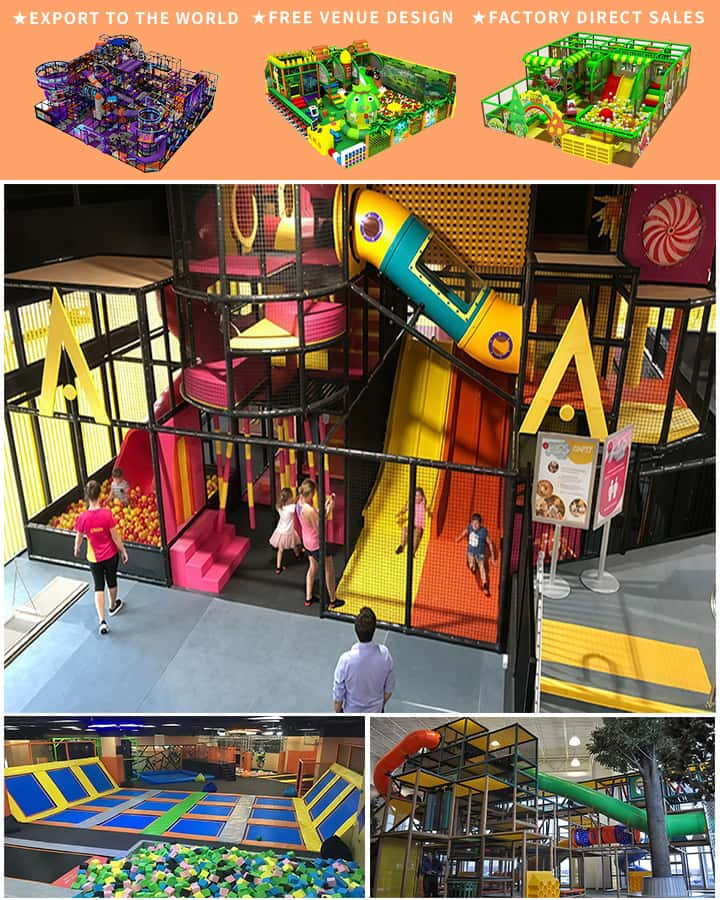Creating an inclusive playground environment is crucial for ensuring that all children, including those with autism, have an enjoyable and beneficial play experience. Traditional playgrounds often pose challenges for kids with autism due to sensory sensitivities, social interaction difficulties, and the need for structured environments. However, by incorporating thoughtfully designed playground equipment, we can create a space that supports their unique needs while still providing opportunities for fun and development.
Sensory-Sensitive Equipment
Children with autism frequently experience heightened sensitivity to sensory stimuli. Bright colors, loud noises, and unexpected textures can be overwhelming, leading to meltdowns or avoidance of the playground altogether. To address these challenges, playground equipment should include:
Soft Color Schemes: Using softer, more muted colors can reduce visual overstimulation. Natural tones and pastel shades can create a calming environment.
Noise Reduction Features: Incorporating rubber mats, sand instead of gravel, and quieter slides can help minimize disruptive noise levels. Sound-absorbing materials can also be integrated into the design.
Tactile Variety: Offering different textures such as smooth surfaces, bumpy paths, and soft ground coverings allows children to experience various sensory inputs in a controlled manner.
Structured and Predictable Layouts
 Children with autism often thrive in predictable environments where they know what to expect. The layout of the playground should be intuitive and consistent:
Children with autism often thrive in predictable environments where they know what to expect. The layout of the playground should be intuitive and consistent:
Clear Boundaries: Defined play areas with clear boundaries can help children understand where one activity ends, and another begins. This structure reduces anxiety and provides a sense of security.
Visual Schedules: Installing visual schedules at the entrance of each play area can help children anticipate the sequence of activities and reduce uncertainty.
Consistency in Equipment Design: Uniformity in the design of swings, slides, and climbing structures ensures that children can easily recognize and navigate the playground.
Social Interaction Opportunities
While children with autism may prefer solitary play, it’s essential to provide spaces that encourage social interaction without overwhelming them:
Shared Swings: Double or triple swings allow children to enjoy the motion together while maintaining their personal space.
Cooperative Play Structures: Simple collaborative equipment like seesaws and merry-go-rounds can facilitate shared experiences and teach turn-taking skills.
Quiet Zones: Including secluded areas within the playground where children can retreat if they feel overwhelmed is vital. These zones should offer calming elements like hammocks or gentle music.
Safety Considerations
Safety is paramount for all children but even more so for those with autism who may have difficulty communicating distress or understanding safety rules:
Non-Slip Surfaces: Ensuring all surfaces are slip-resistant minimizes the risk of accidents.
Low-Height Equipment: Keeping slides and platforms lower than standard heights reduces the risk of falls and makes the playground more accessible.
Supervised Areas: Having dedicated areas where caregivers or supervisors can closely monitor activities helps ensure a safe environment for children with autism.
Conclusion
Designing playground equipment for kids with autism requires a thoughtful approach that prioritizes sensory sensitivity, predictability, social interaction, and safety. By incorporating these elements, we can create inclusive playgrounds that cater to the diverse needs of all children, allowing every child to enjoy and benefit from outdoor play. Through careful planning and consideration, playgrounds can become spaces of joy, development, and inclusion for kids with autism.




